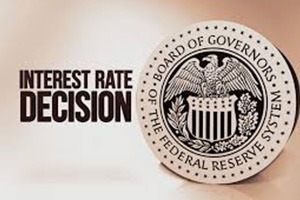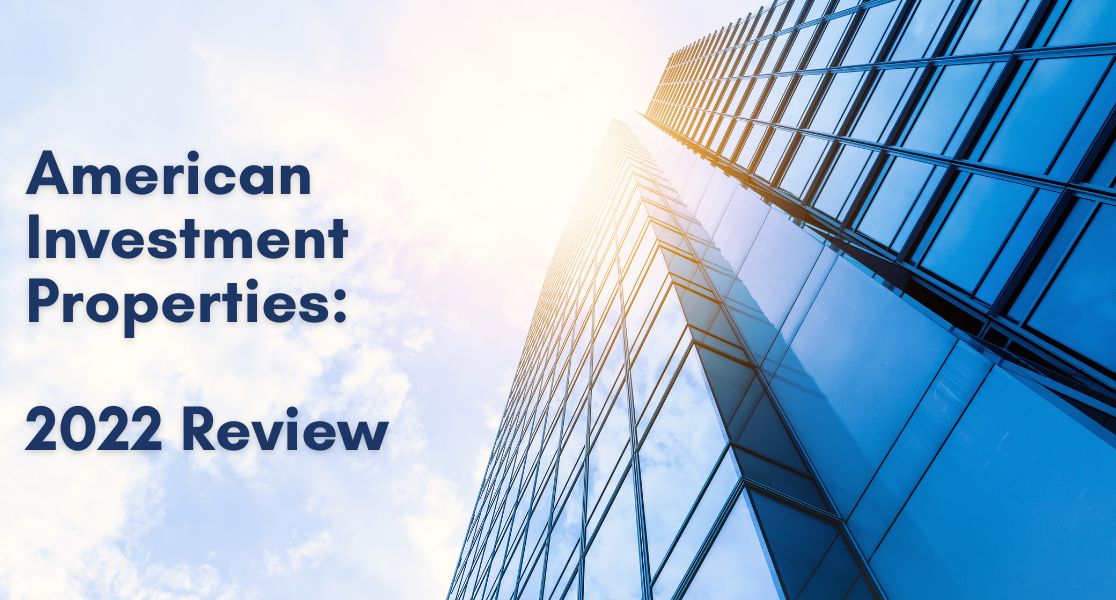 As you know, each month we craft and produce a video detailing important events and happenings in the Real Estate industry and provide key terminology to better arm our audience with the information that they find most useful.
As you know, each month we craft and produce a video detailing important events and happenings in the Real Estate industry and provide key terminology to better arm our audience with the information that they find most useful.
In our first video of 2017, we provided our audience with a brief yet informative breakdown of the Federal Reserve’s December 14th, 2016 decision to raise key interest rates by a quarter percentage point for the first time in 2016. Although our videos are loaded with details, there is only so much information that can be provided within that limited clip. Therefore, we’ll use this article as a platform to further discuss what the rate hike entails.
The December 2016 interest rate hike was just the second time in a decade that the Fed has raised rates.
The increase was modest, raising the Fed’s interest rate from a range of 0.25 to 0.5 percent to a range of 0.5 to 0.75 percent. The first time the Fed raised rates was back in December 2015 at the central bank’s meeting, which was the first step toward moving the Fed from rates hovering around 0%. The Fed slashed rates to 0% in 2008 in the midst of the financial crisis and kept it there during the Great Recession and beyond.
The recent rate increase should be viewed as essentially good news as the increase indicates that the U.S. economy no longer needs the Fed’s crutches, and that consumers and businesses can afford to pay more to borrow.
‘Our decision to raise rates should certainly be understood as reflecting the confidence we have in the progress the economy has made and our judgment that will continue,’ said Fed Chair, Janet Yellen at a news conference.
The Fed cited an improving labor market with jobs added to the market for 74 consecutive months and the country’s unemployment rate down to 4.6%, its lowest level since 2007 and now considered near-normal.
With economic activity expanding at a moderate pace since mid-year 2016, and household spending rising moderately, economic projections released by the central bank indicate that the Fed expects the economy to grow 2.1% in 2017, and the unemployment rate has been forecasted to drop to 4.5% in 2017.
The Fed hinted that it could raise rates at a faster pace next year, with policymakers forecasting three rate increases in 2017, up from two in September 2016, and maintained their projection of three hikes in 2018 and 2019. Further, the latest outlook from Freddie Mac, which provides capital to the mortgage market by buying mortgage loans from lenders, predicts 30-year mortgage rates will average 4.2% at the end of 2017.





